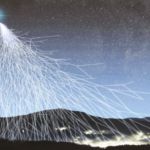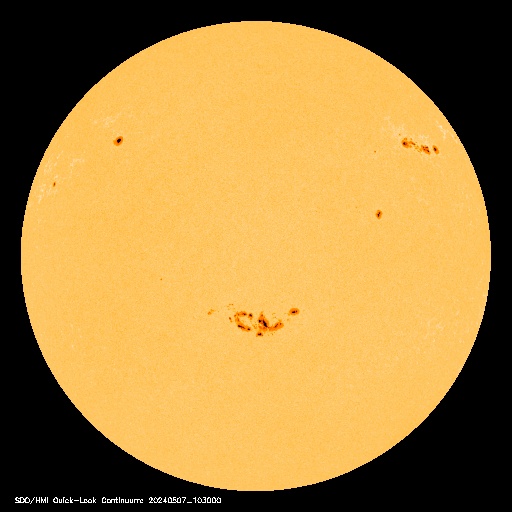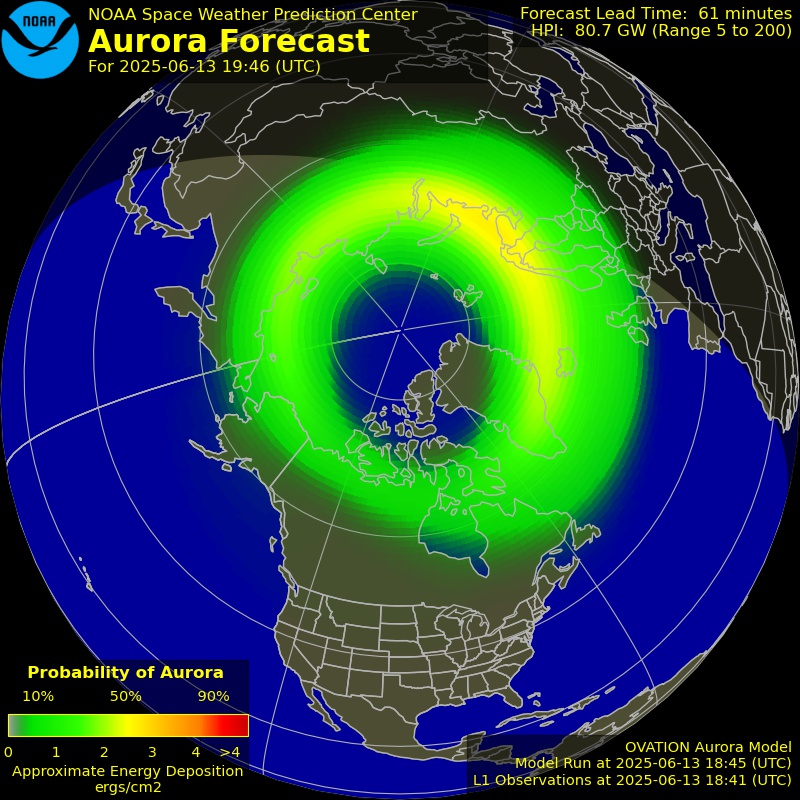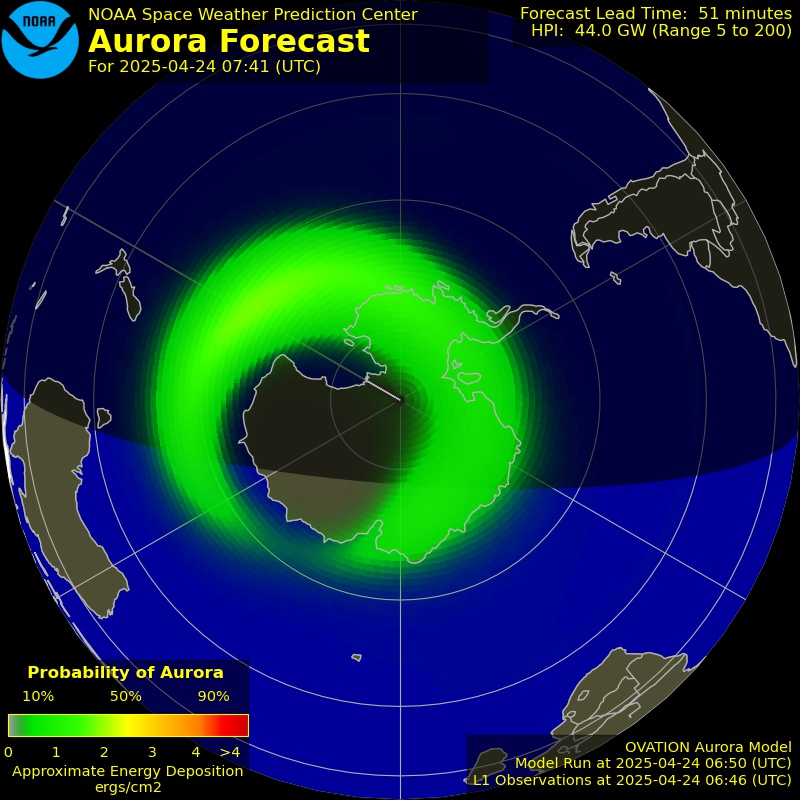
While surveying the positions of over a billion stars, ESA’s Gaia mission is also measuring their colour, a key diagnostic to study the physical properties of stars. A new image (above) provides a preview of Gaia’s first full-colour all-sky map, which will be unleashed in its highest resolution with the next data release in 2018.
Stars come in a variety … Read the rest of this article




























